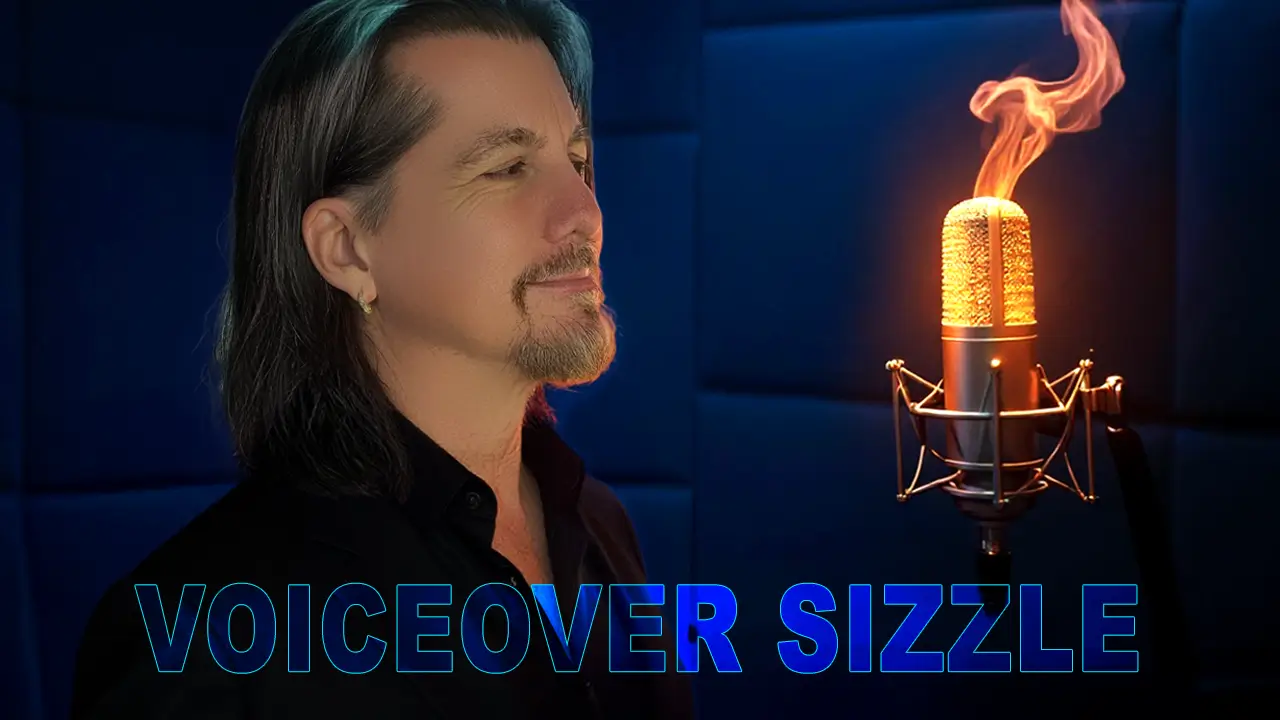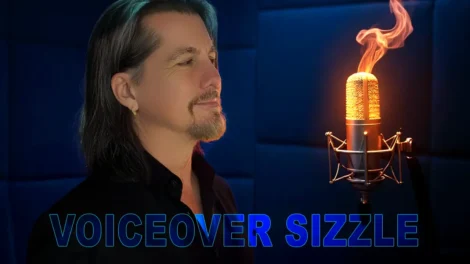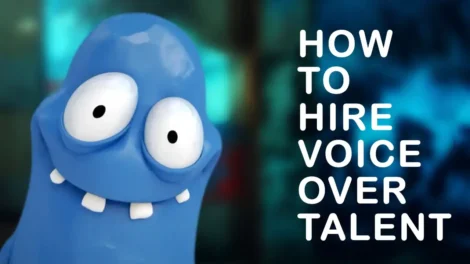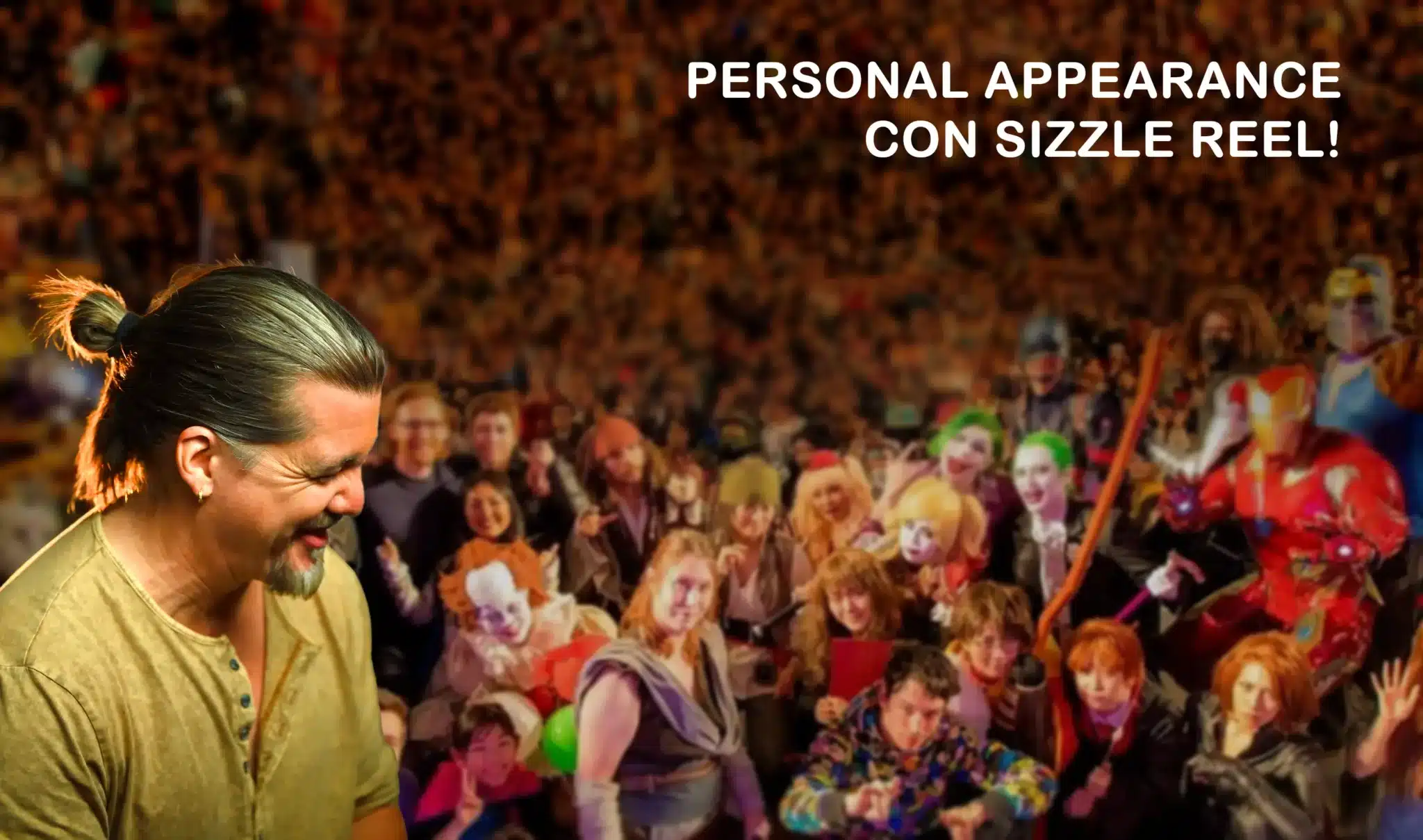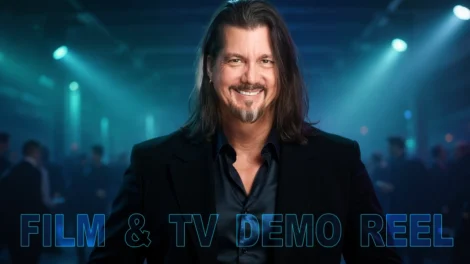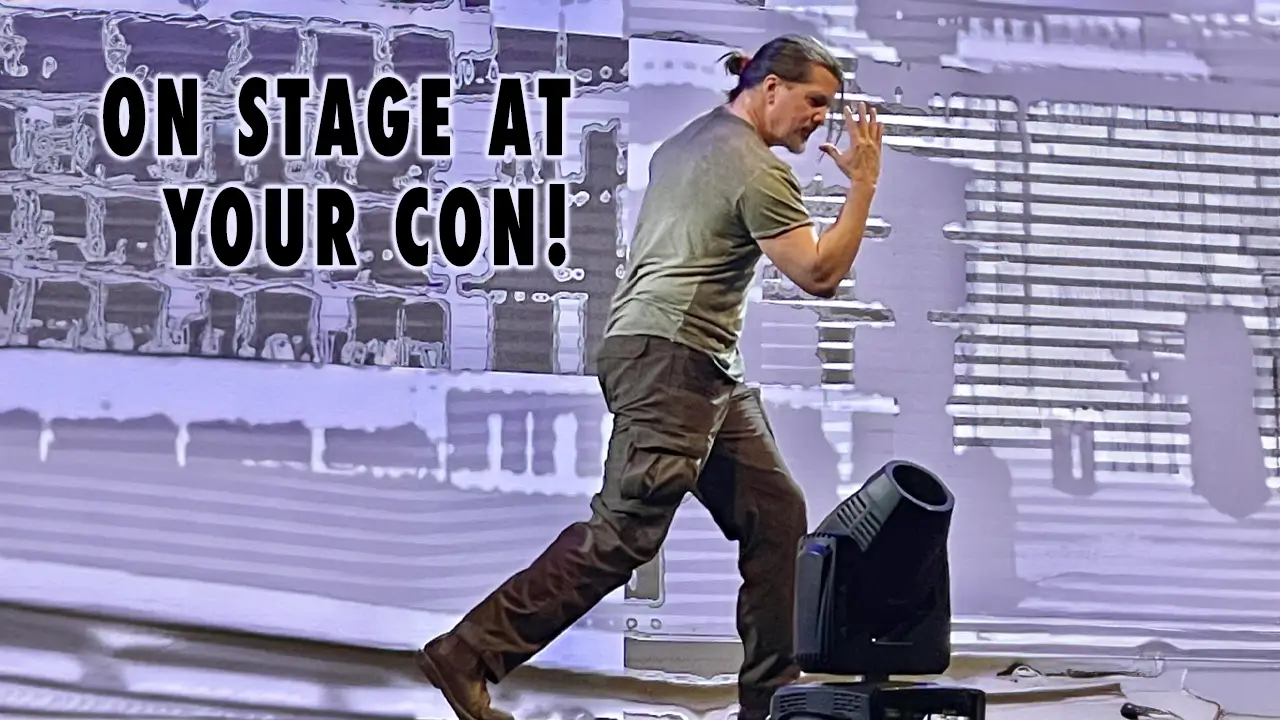Voice acting is an exciting and versatile career path, offering opportunities to bring characters to life in animated films, video games, commercials, and more. For those aspiring to enter this creative industry, understanding how some of the most famous voice actors launched their careers can be both inspiring and educational. Here’s a look at the early days and initial steps of ten renowned voice actors.
Mel Blanc: Often referred to as “The Man of a Thousand Voices,” Mel Blanc’s career is a testament to perseverance and creativity. Blanc began his journey in radio, performing on various programs where he honed his skill to create and sustain unique character voices. His big break came when he joined Warner Bros., becoming the voice of iconic characters like Bugs Bunny, Daffy Duck, and Porky Pig. His advice to aspiring actors was always about versatility and the ability to bring characters to life through voice alone.
Tara Strong: Tara Strong started her career as a child performer in local theater productions in Toronto. She attended voice-acting workshops, which led to her first voice role at the age of 13 in the animated Canadian series “The Care Bears”. Strong moved to Los Angeles to pursue voice acting full-time, landing roles that showcased her wide range of voices and characters, such as Timmy Turner in “The Fairly OddParents” and Raven in “Teen Titans”.
James Earl Jones: Known for his deep, resonant voice, James Earl Jones is a celebrated actor both on screen and in voice acting. He began his career studying drama at the University of Michigan and later at the American Theatre Wing in New York. His breakthrough voice acting role was the voice of Darth Vader in “Star Wars”, which he initially regarded as a side job. This role, however, cemented his status as one of the most recognizable voices in film history.
Nancy Cartwright: Best known as the voice of Bart Simpson on “The Simpsons”, Nancy Cartwright was fascinated with voice overs from a young age. She pursued a career in voice acting after a chance encounter with Daws Butler, the voice behind many classic Hanna-Barbera characters. Butler mentored her, teaching her the nuances of creating and maintaining distinctive character voices. Her persistence paid off when she auditioned for “The Simpsons”, where she originally went to read for the role of Lisa Simpson but was convinced to try out for Bart instead.
Billy West: Billy West’s journey into voice acting began in radio, where he did comedic impressions and characters on various shows. This experience was instrumental in developing his vocal range and timing. West moved into voice acting for television, where his roles in shows like “Doug” and “Ren & Stimpy” showcased his talent. His ability to create beloved, memorable characters has made him one of the most sought-after voices in animation.
Jennifer Hale: Jennifer Hale’s entry into voice acting was somewhat serendipitous. She studied acting in a conservatory and did on-camera work, but it was her encounter with a voice acting agent that steered her towards voice work. Hale has voiced a wide array of characters across video games and animated series, including Commander Shepard in the “Mass Effect” series and Cinderella in various Disney projects. Her versatility and ability to imbue emotional depth into her characters are hallmarks of her career.
D.C. Douglas: D.C. Douglas’s journey into voice acting was marked by his early interest in acting and storytelling. He started in theater and on-screen roles, but his distinct voice caught the attention of voice casting agents. Douglas’s breakthrough in promos came with landing the CBS Daytime programming promo voice role. In commercials, it was the “Real Persons” campaign with GEICO. Video game voice acting came with his role as Albert Wesker in the “Resident Evil” video game series. This role showcased his ability to deliver chilling performances and made him a favorite in the video game community. For Douglas, understanding the technical aspects of voice work and maintaining vocal health were crucial to his success.
Grey DeLisle: Grey DeLisle started her career as a stand-up comedian, which honed her ability to perform different voices and characters. She transitioned to voice acting with roles in numerous animated series, such as Vicky in “The Fairly OddParents” and Azula in “Avatar: The Last Airbender”. DeLisle’s comedic background played a significant role in her approach to voice acting, where timing and character development are key.
Steve Blum: Steve Blum began his career in anime, voicing countless characters before moving into more mainstream animation and video games. Known for his gravelly voice, Blum’s most iconic role is Spike Spiegel from “Cowboy Bebop”. His entry into voice acting was unplanned; he started as a mailroom clerk at a low-budget film company and was asked to voice a character in one of their projects. His natural talent opened doors, and he advises aspiring voice actors to be willing to take risks and explore diverse roles.
June Foray: Dubbed the “First Lady of Animated Voicing,” June Foray’s career in voice acting spanned over six decades. She began at a young age, doing radio dramas and later moving into animation. Her roles as Rocky the Flying Squirrel and Natasha Fatale in “Rocky and Bullwinkle” are legendary. Foray’s advice was always to cherish every role and to bring joy and authenticity to every character.
Tom Kenny: Tom Kenny, the voice behind the iconic SpongeBob SquarePants, began his career as a stand-up comedian alongside his friend Bobcat Goldthwait. Kenny’s transition to voice acting was influenced by his comedic background, allowing him to infuse humor and expressiveness into his characters. His big break came when he was chosen to voice SpongeBob, a role that fully utilized his ability to create quirky, endearing voices.
John DiMaggio: Best known for his role as Bender in “Futurama”, John DiMaggio started as a comedic actor performing in improv and sketch comedy groups. His robust and versatile voice caught the attention of casting directors, leading to roles in animation. DiMaggio emphasizes the importance of improvisation skills in voice acting, which help in creating spontaneous and memorable performances.
Maurice LaMarche: Maurice LaMarche’s career began in stand-up comedy, but he found his true calling in voice acting. He is well-known for his role as the Brain in “Pinky and the Brain”. LaMarche’s ability to do impressions and unique voices made him a favorite in the voice acting community. He credits much of his success to his meticulous study of the craft and constant practice.
Cree Summer: Cree Summer started her career as a child actor in various shows, but she gained fame in the voice acting world with her role as Susie Carmichael on “Rugrats”. Summer has a distinctive voice that she has lent to numerous characters in both animated series and video games. She advises new voice actors to embrace their unique sound and to always bring their authentic self to their roles.
Frank Welker: Frank Welker, known for voicing Fred Jones and Scooby-Doo from the “Scooby-Doo” franchise, began his career with a background in theatrical performance. His incredible range in animal sounds and character voices quickly made him a go-to voice actor in Hollywood. Welker’s ability to adapt and create various sounds showcases the importance of versatility in voice acting.
Tress MacNeille: Tress MacNeille is one of the most prolific voice actresses in the industry, with roles in “The Simpsons”, “Futurama”, and “Animaniacs”. She began her career in advertising and later transitioned to voice acting after attending a voice acting workshop. MacNeille has consistently worked on improving her vocal range and encourages aspiring actors to practice regularly and take vocal care seriously.
Phil LaMarr: Phil LaMarr’s career in voice acting started after a successful stint on “MADtv”. Known for his roles in “Samurai Jack” and as the voice of Hermes Conrad in “Futurama”, LaMarr honed his skills in theater and comedy. His advice to aspiring voice actors is to always be willing to learn and take on new challenges, as versatility is key in this field.
Kath Soucie: Kath Soucie’s voice acting career began in the early 1980s. She has voiced numerous beloved characters, including Lola Bunny in “Space Jam” and Phil and Lil in “Rugrats”. Soucie’s entry into voice acting came after she was encouraged by a friend to attend a voice acting class, highlighting the importance of training and networking in this industry.
Kevin Michael Richardson: Known for his deep voice and roles in shows like “The Cleveland Show” and “American Dad”, Kevin Michael Richardson started his career in the arts studying at Syracuse University. His breakthrough came from his ability to perform a wide range of voices, particularly for villainous or authoritative characters. Richardson emphasizes the importance of patience and resilience in the competitive entertainment industry.
Debi Derryberry: Debi Derryberry is most famous for her role as Jimmy Neutron. She started her career in voice acting accidentally, having moved to Hollywood to pursue on-camera acting. Derryberry’s small stature and youthful voice naturally suited animated characters, leading her to focus on voice acting. She advocates for continuous learning and adapting to new voice acting techniques.
Jess Harnell: Jess Harnell’s journey into voice acting began in the realm of music. As a singer in a rock band, Harnell’s vocal versatility caught the attention of voice casting directors. He is widely recognized for his role as Wakko Warner in “Animaniacs”. His ability to use his musical background to enhance his voice acting, particularly in roles requiring singing, shows the diverse paths one can take into this field. Harnell often speaks about the importance of bringing one’s full creativity and personal interests to their roles.
Dan Castellaneta: Dan Castellaneta, the voice behind Homer Simpson on “The Simpsons”, started as an actor in theater and took part in improvisational comedy, which was crucial for developing his voice skills. His transition to voice acting was propelled by his ability to generate a wide range of voices and characters. Castellaneta’s career highlights how improv can provide a solid foundation for voice acting, emphasizing spontaneity and character development.
Elizabeth Daily: Elizabeth Daily, also known as E.G. Daily, began her career as a singer before transitioning into voice acting. Her distinctive, raspy voice made her an ideal candidate for voicing characters like Tommy Pickles in “Rugrats” and Buttercup in “The Powerpuff Girls”. Daily’s shift to voice acting demonstrates how artists can leverage their vocal talents across different entertainment mediums, encouraging versatility and openness to various performance opportunities.
Jim Cummings: Jim Cummings is known for voicing iconic characters such as Winnie the Pooh and Tigger. He started his career designing and painting Mardi Gras floats in New Orleans before moving to California to pursue voice acting. Cummings worked odd jobs and contributed voices to numerous commercials and projects where he could showcase his talent. His perseverance and ability to bring warmth and depth to his characters highlight the importance of persistence and passion in achieving voice acting success.
April Winchell: April Winchell, daughter of the legendary voice actor Paul Winchell, grew up surrounded by the world of voice acting. She began her career in voice work during her teenage years, leveraging her natural talent and early exposure to the industry. Known for her roles in “Goof Troop” and “Phineas and Ferb”, Winchell’s story emphasizes the role of familial influence and early exposure in shaping one’s career, as well as the importance of embracing one’s unique voice characteristics.
Don LaFontaine: Known as “The Voice of God,” Don LaFontaine was perhaps the most iconic voice in movie trailers, having voiced over 5,000 trailers and nearly 350,000 commercials, promos, and other pieces of media. LaFontaine started as a sound engineer and moved into voice-over work almost by accident when he had to fill in for an unavailable voice actor. His deep, resonant voice and dramatic delivery set the standard for movie trailer voice-overs.
Redd Pepper: Redd Pepper is one of the most recognized voices in the UK, known for his deep, gravelly voice that has featured in hundreds of movie trailers, commercials, and television promos. He began his career driving trains on the London Underground, where he would frequently announce stations with a bit of extra flair. A television executive who heard him offered him a chance to voice a promo, which kickstarted his voice-over career.
Hal Douglas: Another legend in the field, Hal Douglas’s voice was known for its husky, gravelly texture, perfect for adding gravitas to any promo. Douglas began in radio, which was a common starting point for many voice actors before he transitioned into voice-over work. His voice became synonymous with movie trailers and network promos throughout his career.
Jon Bailey: Jon Bailey found his niche in the voice-over world through his work on the popular YouTube channel “Honest Trailers,” where he uses his deep and dramatic voice to create parodic trailers for films and television shows. Bailey started as a voice actor for commercials and small projects, gradually building his portfolio and showcasing his talent in different voice acting niches.
Pablo Francisco: Known for his stand-up comedy, Pablo Francisco also carved out a niche in promotional voice-overs with his uncanny ability to mimic famous voices and sounds. Francisco uses his comedic skills to add humor and a unique twist to his promos, making them both memorable and entertaining.
Dave Fennoy: Dave Fennoy has become one of the leading voices in gaming and promotional voice-overs, particularly known for his work in video game trailers. Before voice acting, Fennoy worked in music and radio, which provided him with the skills necessary for a smooth transition into voice-over work, where he uses his distinctive, smooth baritone.
Scott Rummell: A prominent voice in the world of movie trailers, network promos, and political campaigns, Scott Rummell started his career in radio before moving into voice-over work. His commanding voice has been sought after for major blockbuster campaigns and television promotions, demonstrating his ability to deliver powerful and persuasive messages.
Ashton Smith: Ashton Smith is known for his work on network promos and movie trailers, with a voice that exudes warmth and authority. Smith began his career as a singer and musician, which helped him develop his voice control and emotive capabilities, making him a natural fit for voice-over work.
Joseph Riordan: Joseph Riordan carved out a niche in the voice-over industry with his dynamic range and engaging delivery, particularly in radio and TV promos. His background in acting and stand-up comedy provided him with the versatility and timing needed for high-impact promotional content.
Beau Weaver: Beau Weaver started his career in radio, a common entry point that helped him hone his distinctive voice. He transitioned to voice-over work in the late 1970s and has since become a prominent voice for TV promos, trailers, and commercials, known for his strong, clear delivery that grabs attention.
Voice-over artists from across the spectrum showcase the myriad paths to success in this unique and dynamic field. Each has leveraged their distinct backgrounds—from music and radio to stand-up comedy and acting—to cultivate voices that are not only compelling but have also come to define the genres and mediums in which they operate. Their careers highlight the importance of adaptability, creativity, and the constant honing of one’s craft, which are essential in creating memorable and impactful vocal performances.
These artists illustrate that the journey to becoming a successful voice actor can vary widely. Common threads among them include a deep passion for performance, a readiness to embrace learning, and relentless practice. Their stories are a testament to the idea that whether through formal training, improvisational comedy, or unexpected opportunities, embracing one’s unique talents is key. These voice actors have nurtured their distinctive abilities to build illustrious careers that not only define but also inspire within the industry.
For aspiring voice actors, these narratives underscore that achieving success in voice acting demands dedication, continuous education, and practical experience. Engaging in voice acting workshops, enrolling in classes, and experimenting with various vocal styles and accents are crucial steps in developing the necessary skills. Starting with small projects, persisting through challenges, and most importantly, enjoying the journey are vital for anyone looking to make a mark in the voice acting world. This approach not only enhances one’s abilities but also enriches the personal fulfillment that comes from bringing diverse characters and narratives to life through the power of voice.


